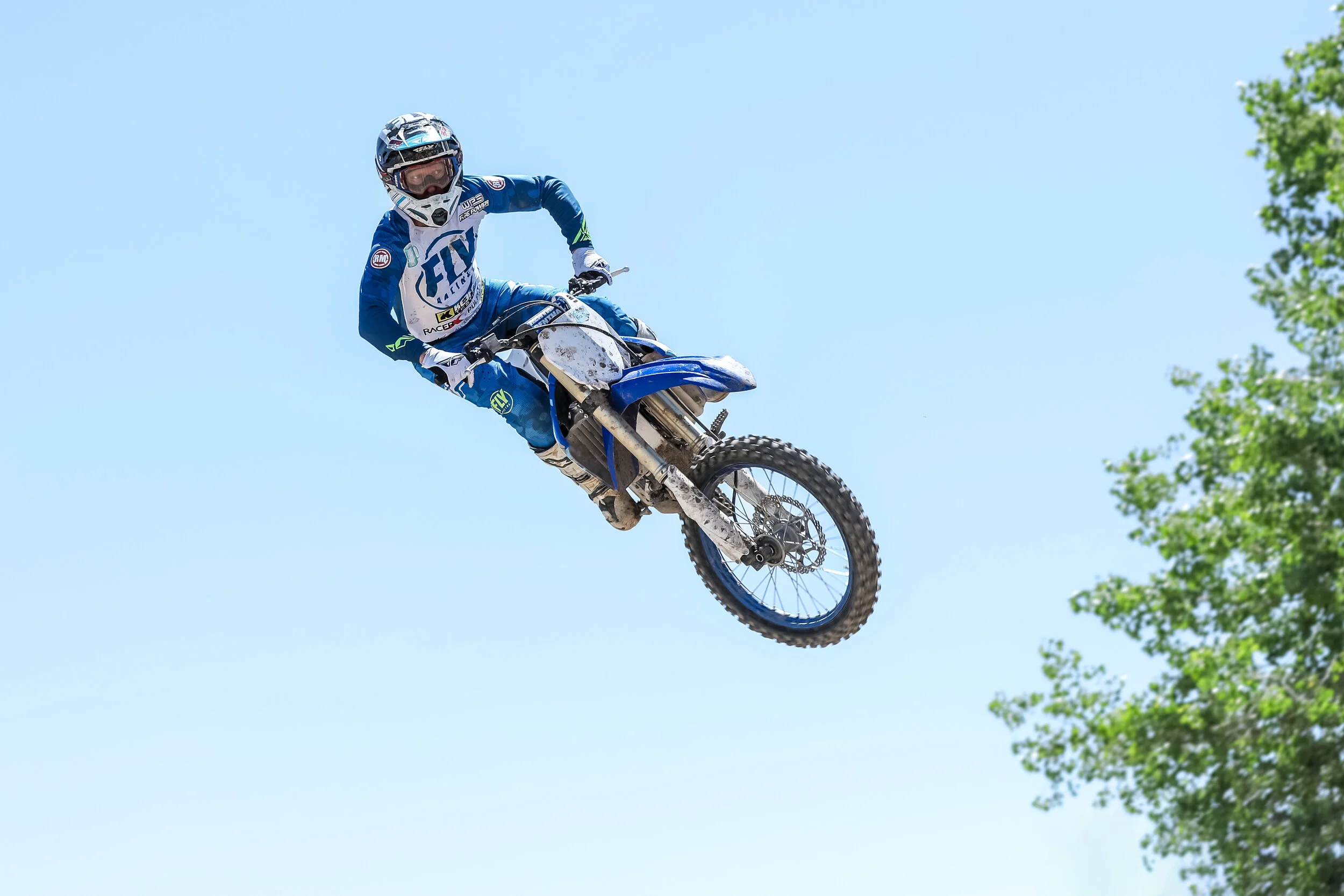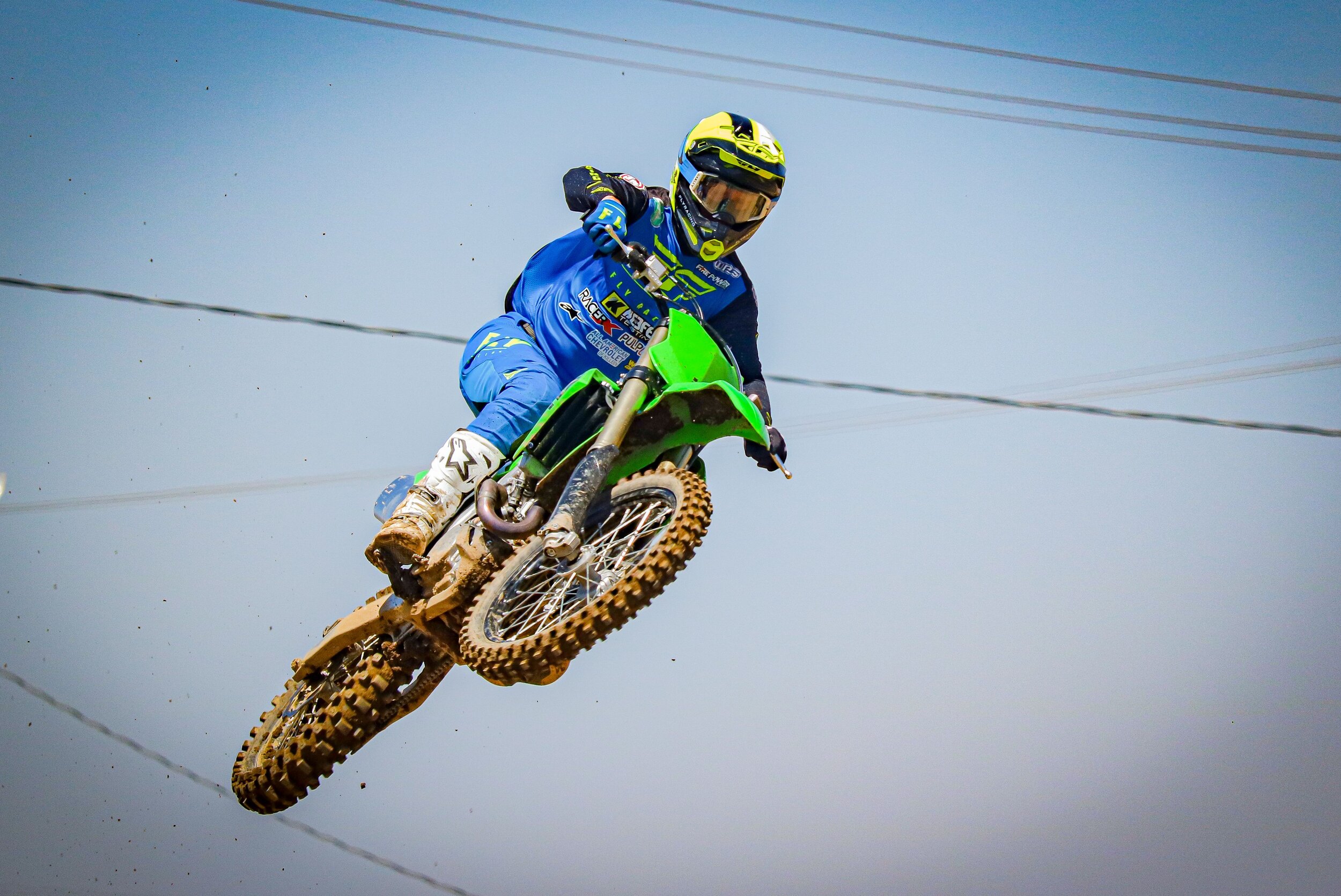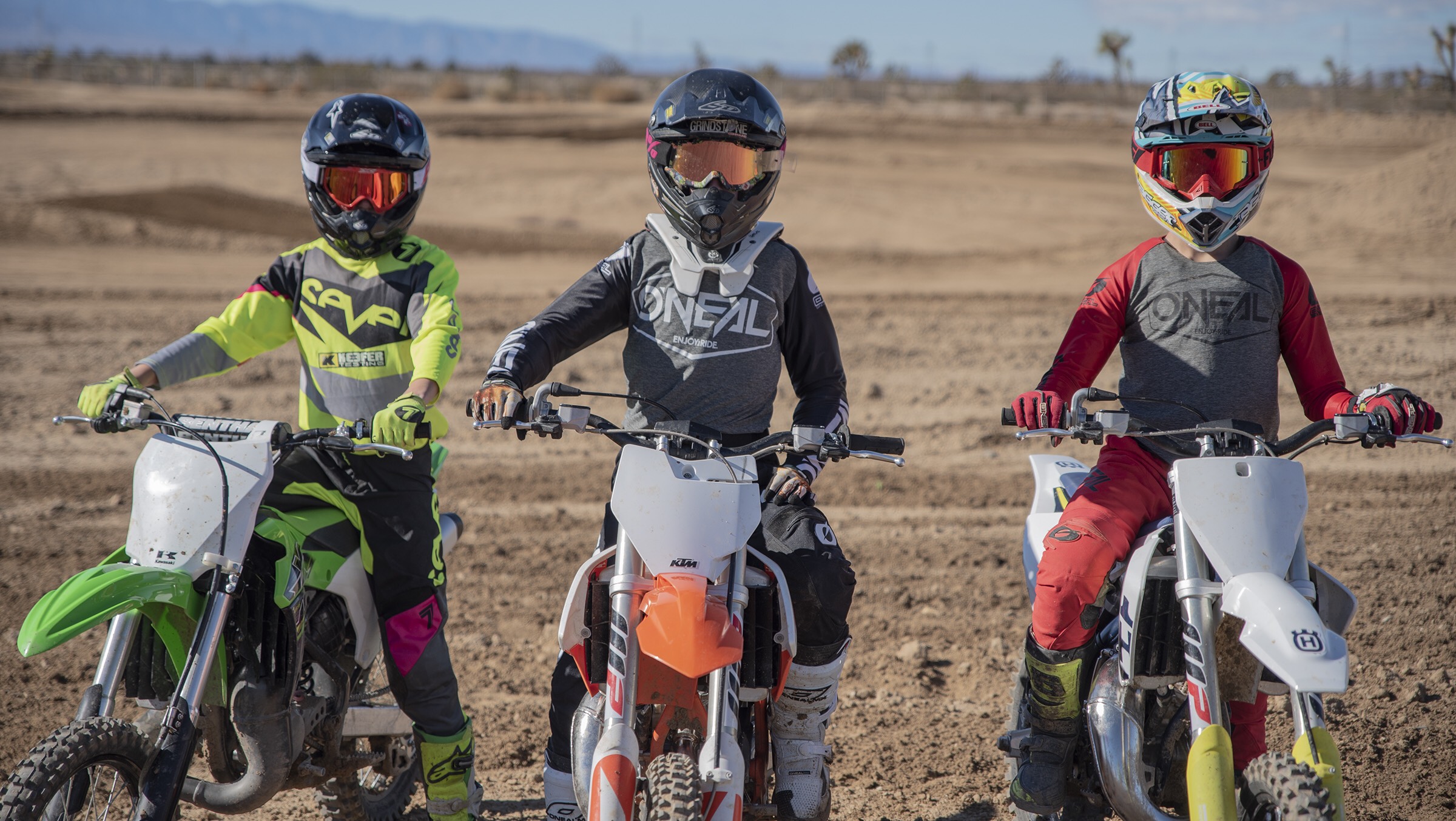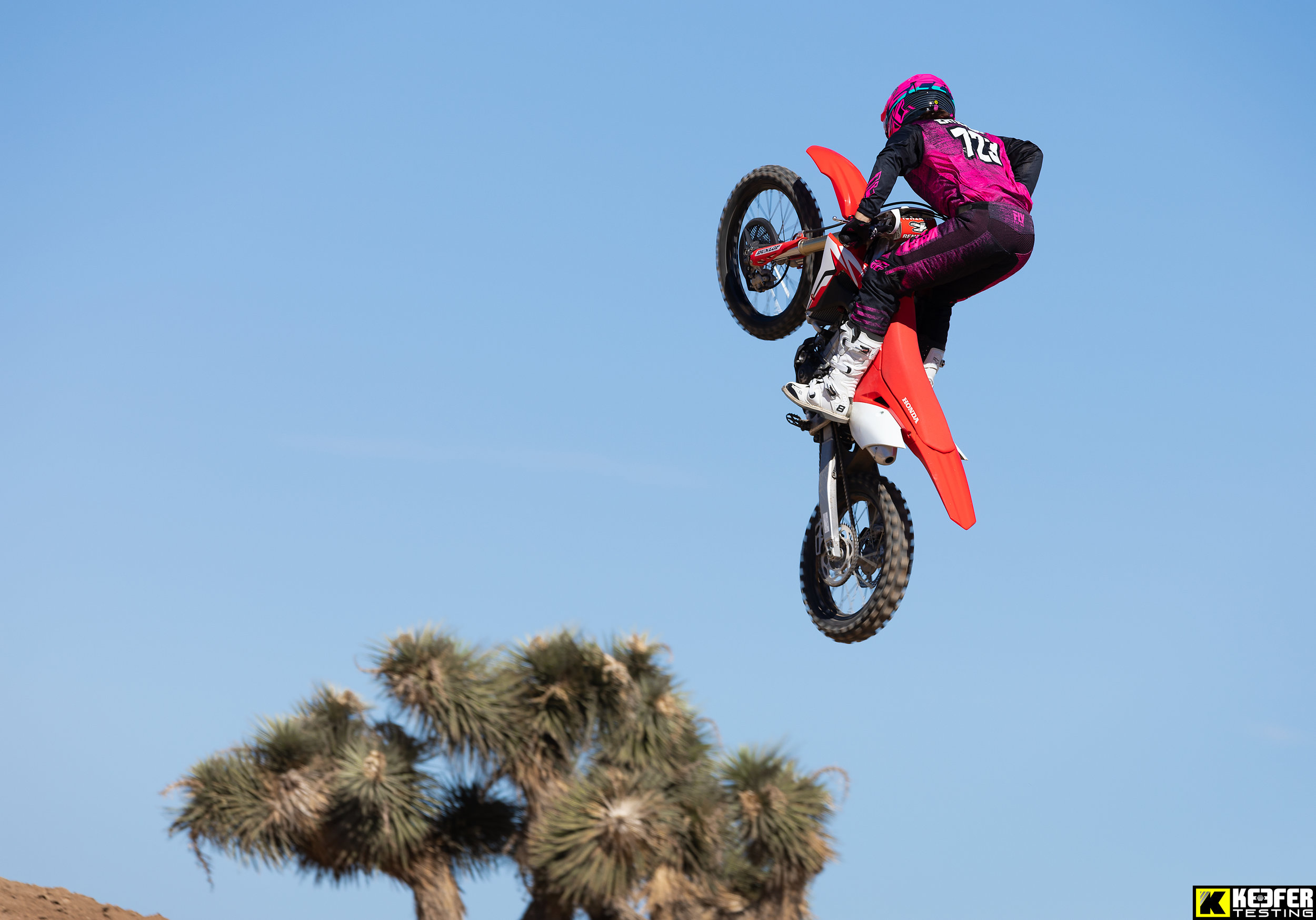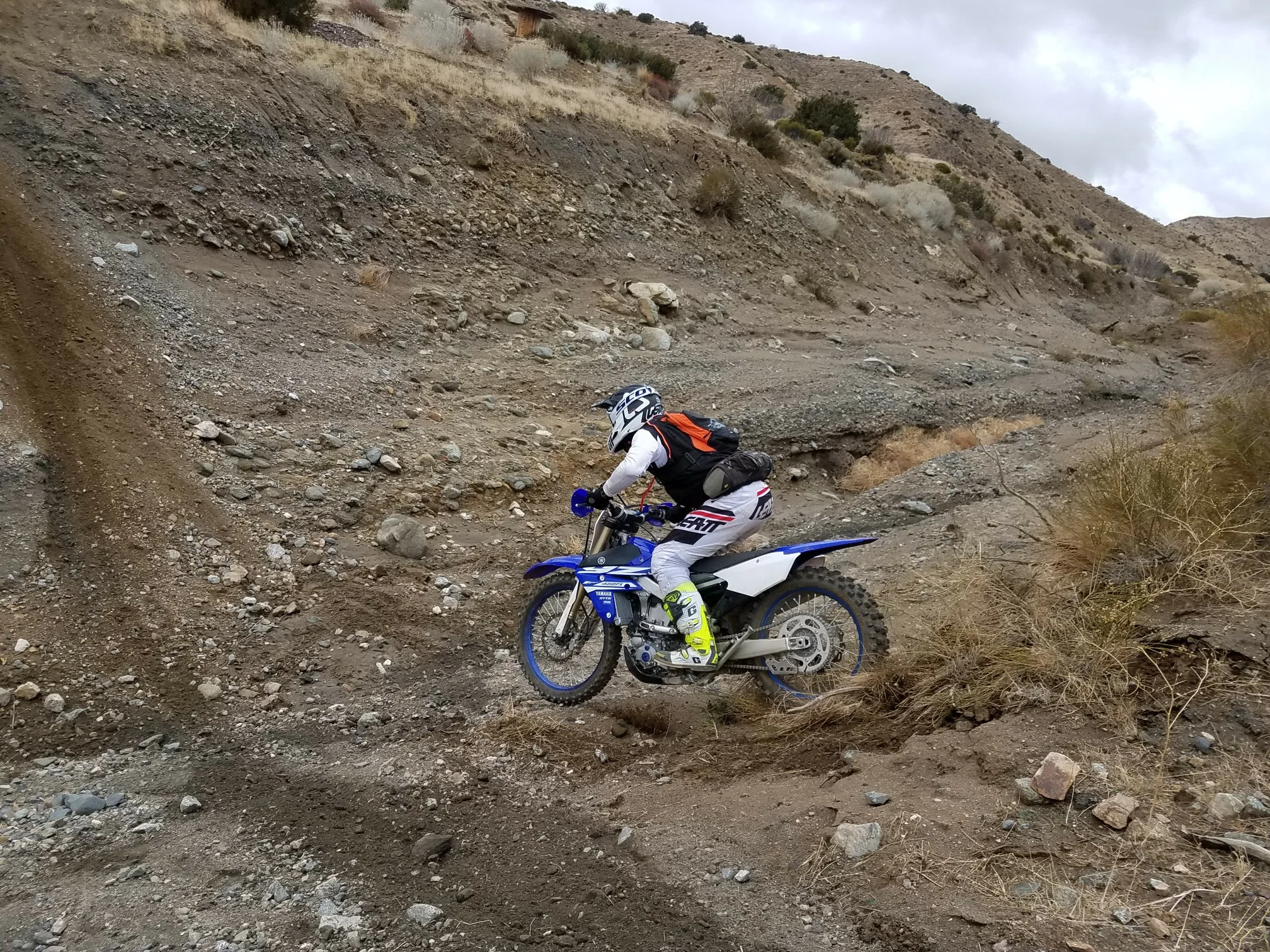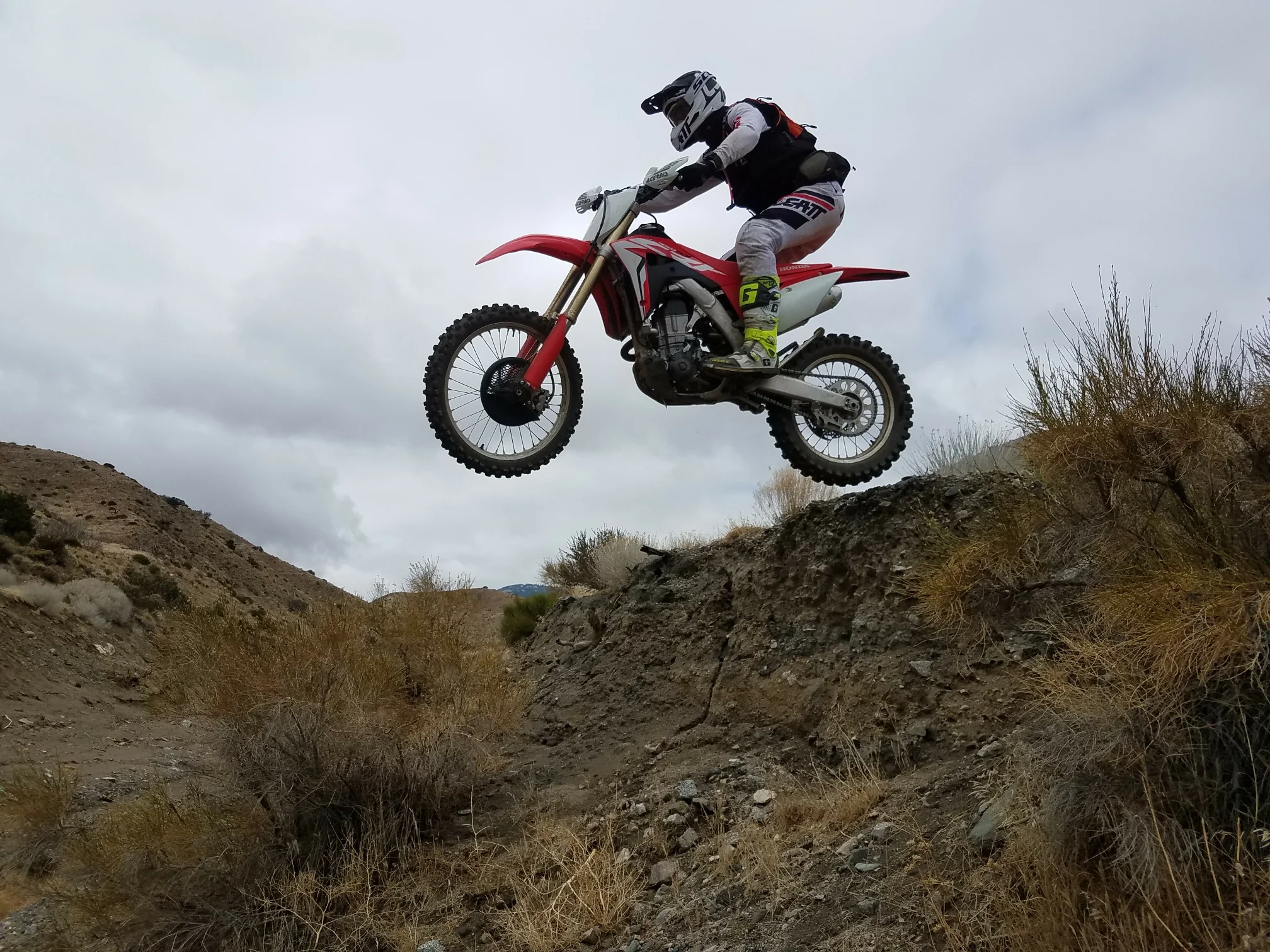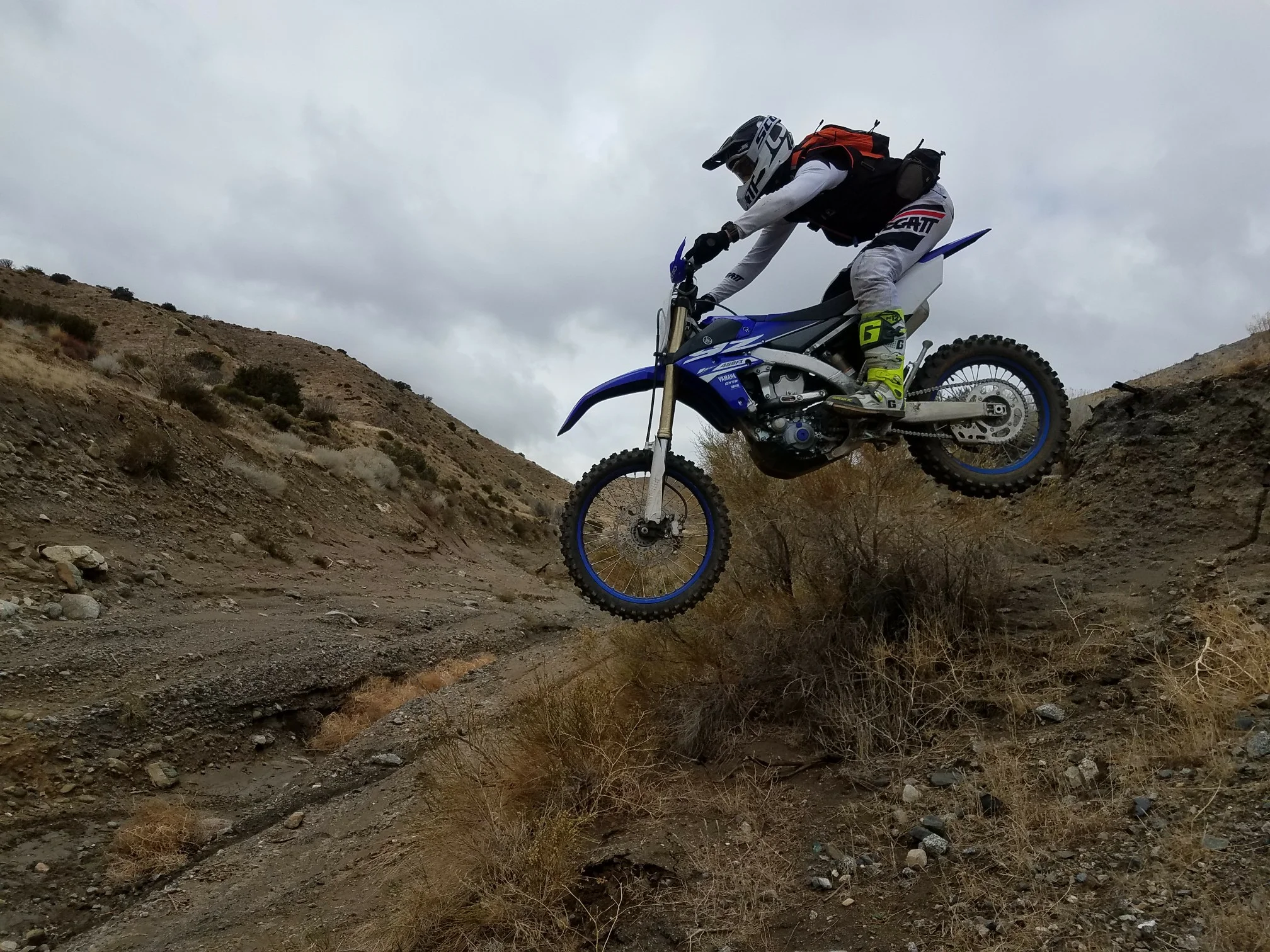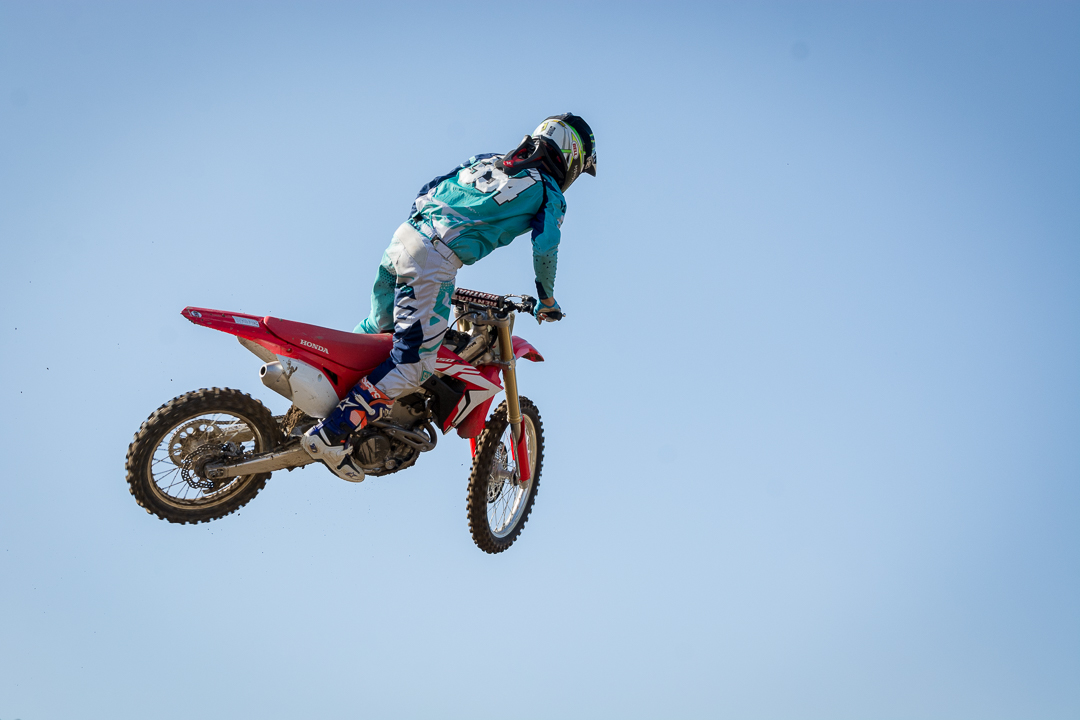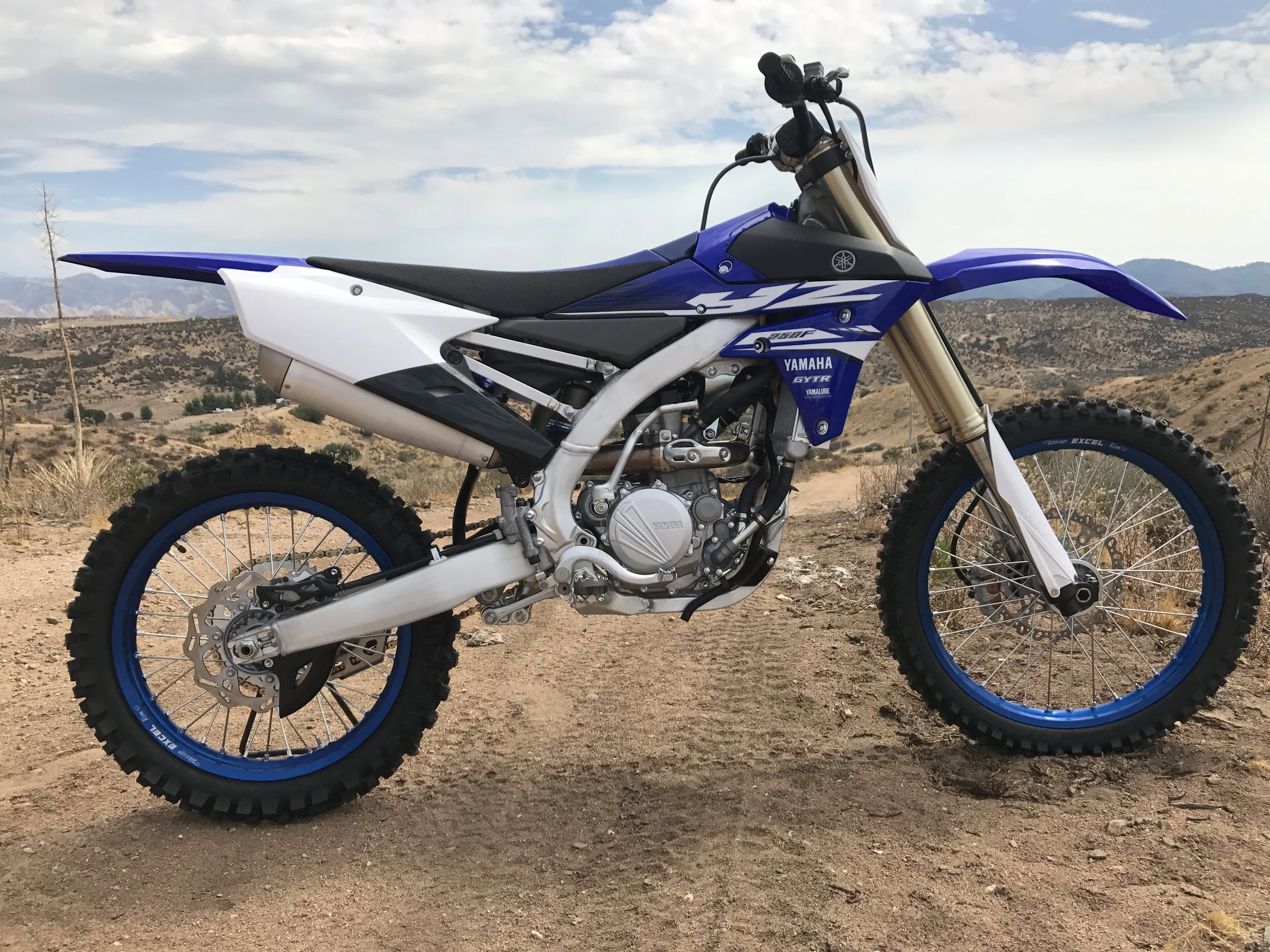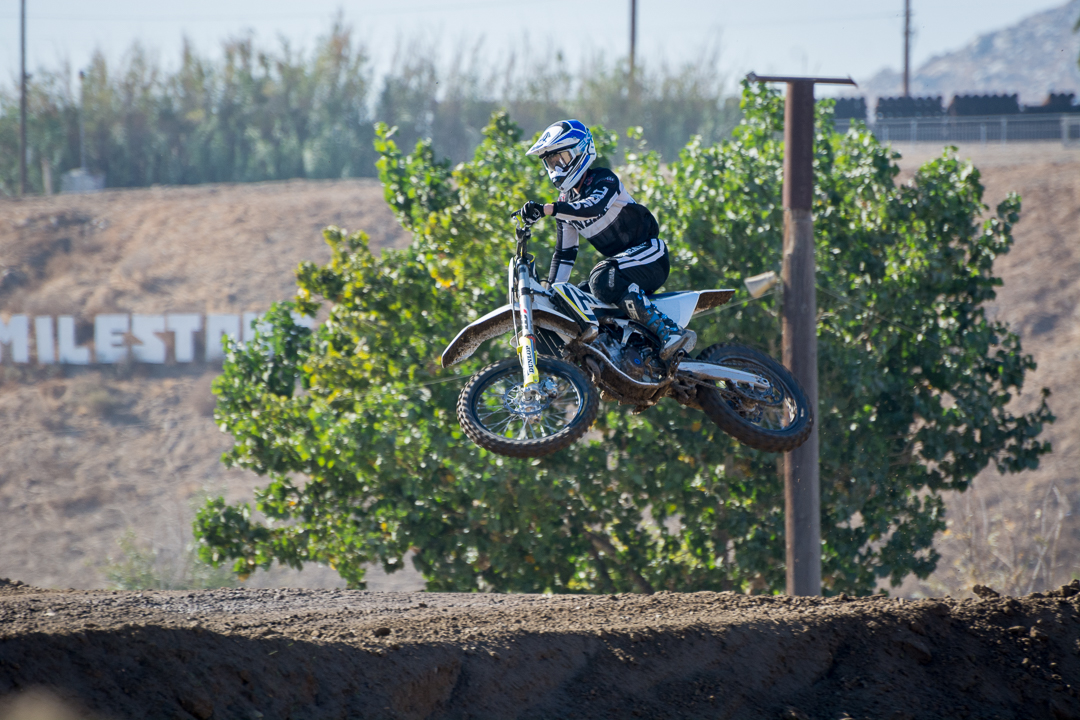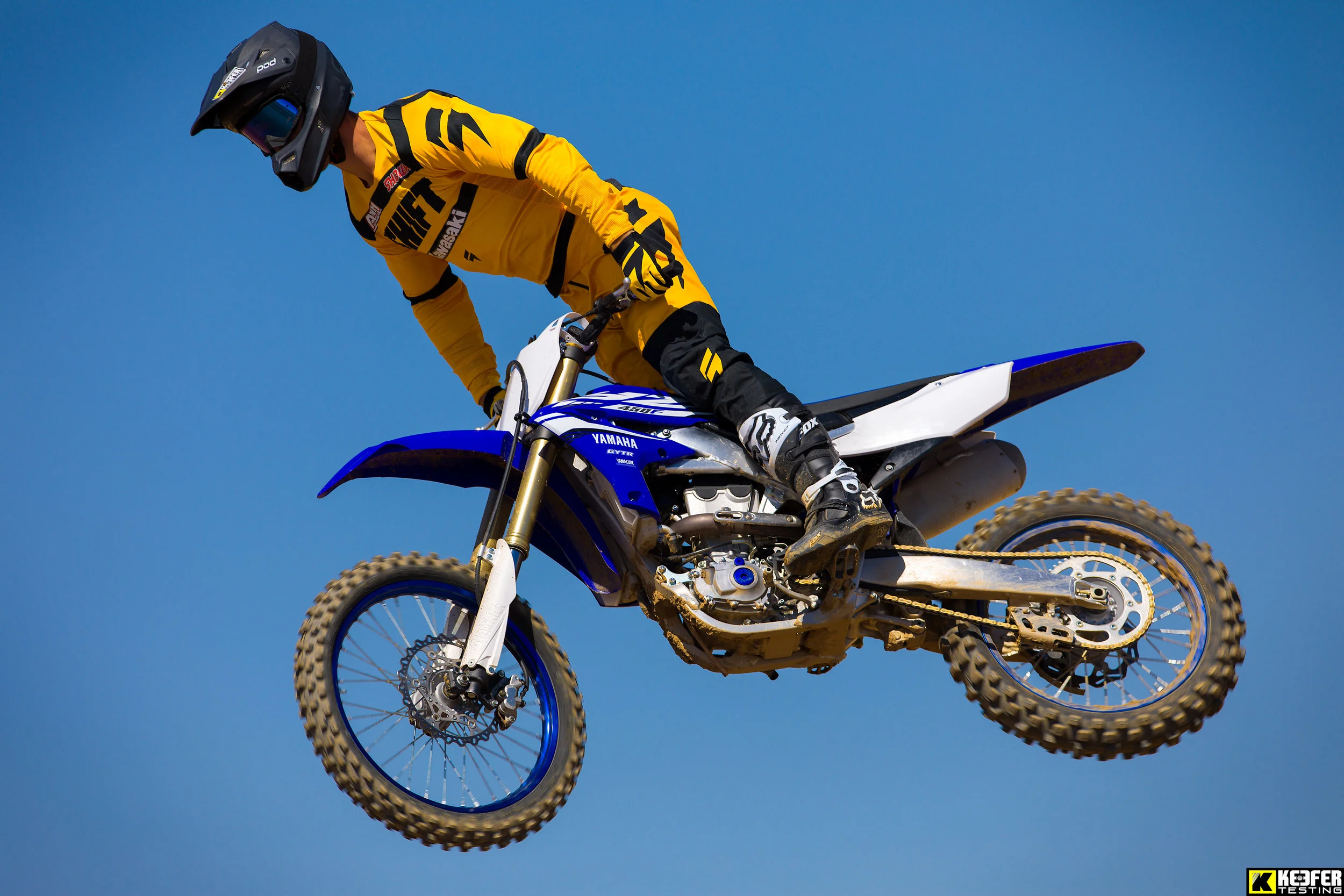The average shootout format seems to be an outdated model to me. Don’t get me wrong, I like doing shootouts, as well as viewing their rankings after all is said and done, but is it really telling you, the potential consumer, what you want to know or is it more of a scene on the side of the freeway that you just have to look at? I have done shootouts for 20 plus years and although fun and interesting to do, I just don’t know if it’s something that gives buyers the most information in these ever changing times. Just because a certain bike wins a shootout doesn’t mean it’s the best bike FOR YOU! I get countless emails about which bike is right for me and most of them say that they watch every shootout video, but they still can’t decide. So if you are one of these potential consumers that still can’t make up his or her mind, then this article can help you hone in on why a certain bike could be right for you. As a production test rider for several manufacturers over the years, I am wired to think about all different types of riders when I evaluate a certain machine. In this article I will try to break down each machine, which one does certain things on the track better than the other and hopefully give you more purchasing knowledge on which way you’re directing your hard earned money. We will be doing these types of matchups with other machines down the road, but we hope this gives you a more clear cut path on if one of these two machines are right for you.
Why Yamaha Vs. Kawasaki:
If there are two bikes in the 450 class that having similar characters it would be these two machines. These two bikes will most likely be the leaders in most of the shootouts you will read or watch in 2021. The YZ450F and KX450 both have great suspension, solid engine characters and each have a chassis that is stable and forgiving. However that doesn’t mean that they are one and the same. Each have specific traits about them that are better than the other and we are here to break those down for you. Even if we do break all of the nuts and bolts down to you, it’s up to you to know what type of rider you are. Are you a front end steering rider? Do you like an exciting or smooth engine character? How often do you ride? Do you just ride or do you race occasionally? These are the questions you should be asking yourself before you spend 10K on a new dirt bike.
What Is It Like To Ride A 2021 Kawasaki KX450?
Weight Feeling (Chassis): The 21 KX450 is very free feeling yet connected, which makes this bike have a very light/nimble feeling through corners. I am able to lay it down with ease and cut down under a blown out rut easier than a Yamaha YZ450F. I do get a little twitch on de-cel (which can be fixed with a heavier fork spring change), but it isn’t a horrible or un-easy feeling. Straight line stability is still the same straight and arrow Kawasaki feel that you expect, but with added traction because of the new 2021 clutch. The frame absorption is the best attribute to this machine and other manufacturers should take notice of how well this KX450 feels when the track goes to crap. If the suspension was a little stiffer, I think the chassis would shine even more. The whole bike feels friendlier than a Yamaha YZ450F in fast/choppy situations once you put a heavier fork spring inside the Showa fork. If you are the type of rider that rides faster tracks with square edges or lots of chatter there is no better frame than the KX450.
Engine Feel: The 2021 KX450 comes on slightly smoother than the Yamaha, yet still has that lighter/free-revving feel and has minimal engine braking (less than a Yamaha). I went with the stock ECU settings and the white coupler and it seemed to like that the most when the track was deep or hard pack. The white coupler gave it slightly more throttle response, but didn’t make it jumpy feeling like the YZ450F. The 2021 KX450’s mid range has a nice amount of meat and the smoother pulling power of the top end/over-rev is manageable on longer straights. I didn’t lose mid to top end pulling power with the black coupler (compared to the the white one), but I could ride the KX450 more aggressively through corners. I however feel like the black coupler is simply too smooth on deeper tilled tracks. The KX’s engine is super connected to the rear wheel and never steps out coming out of corners, but the Yamaha’s excitement does get you on top of soft dirt a little quicker than the KX. The KX has a KTM 450’esq feel in certain areas of the track when it’s hard pack. The Yamaha lights up the rear wheel much quicker than the KX in these situations (even when you change the YZ’s mapping), so having a smoother roll on when the track is harder helps the green machine. The KX is an impressive easy to manage power plant!
Suspension:
The 2021 Kawasaki Showa fork has tons of comfort, but is also too soft/divy for my liking on de-cel. The track I tested at required you to be hard on the throttle then brake heavily coming into the corner and the fork was too low in the stroke, which caused some oversteer. Going stiffer on the compression only hurt de-cel bump comfort, so I settled on going slower on the rebound, which helped some. I then went to a heavier spring rate (0.51) and the balance of the bike greatly improved off throttle. I would think some of that comfort would diminish, but I ended getting more comfort on de-cel bumps because the fork stayed higher up in the stroke. The shock is soft on high speed compression so going in on your high speed compression helps make the shock feel less empty on its end stroke. Below is a setting that I think can make a wide range of riders happier with their stock Showa suspension.
What Is It Like To Ride A 2021 Yamaha YZ450F?
Engine Feel: So what exactly are you getting with the 2021 Yamaha YZ450F engine? You’re getting a connected rear wheel feel out of corners and more RPM response than a KX450. I don’t feel like you’re necessarily getting more bottom end pulling power than a KX, but the initial crack of the throttle is better (almost too much) right when you get ready to stab that throttle (anywhere in the RPM range). Where I feel like the Yamaha is best is through mid range-top end pulling power. The difference in “meat” through the mid-range once out of corners is impressive. We talk about third gear a lot in these tests and how important that gear is to the rider. If third gear is not useable in corners, it’s tough to ride smooth and forces the rider to be more active on the bike, which could result in getting more tired more quickly. The Yamaha has more mid-range pulling power, which allows you to use third gear through corners easier than the KX450. Usually you will have to fan the clutch a little on the KX to get the engine to recover and get back into the upper RPM range, but with the YZ450F you can just roll on the throttle and it will start pulling you down the track immediately. Top end pulls farther in second and third gears and will not sign off as much as the KX450 does. Even though a 450 shouldn’t be revved out, let’s be real, sometimes we are lazy and DO NOT have perfect riding technique, so it’s nice to leave it in second gear and use that gear all the way to the next corner. It happens right? This Yamaha engine character helps you do that better without sounding like Justin Barcia at Southwick.
Weight Feeling (Chassis): The YZ450F feels stiffer in the frame around the track than the KX. However don’t get scared off by the word “stiff”. It’s not rigid by any means, but just has a stiffer feel and doesn’t have that wallowy sensation. Let’s go over this a little…The KX chassis is softer near the front of the machine and on the down spars of the frame. Now I am not going to sit here and tell you that the Yamaha is a cornering dream and that it corners better than the KX, because quite frankly it’s easier to get into area 1 of the corner on the KX450. Area 2 of the corner the KX feels lighter and is easier to lean, but in area 3 (exit) of the corners the Yamaha seems to hook up better. I will say that cornering stability is better on the Yamaha when the rut is rough and hacked out, but if you’re riding some sticky, long ruts the KX is easier to maneuver. Straight line stability is good on the Yamaha but the KX is great. The KX frame absorption or the transfer of energy when hitting bumps just has a softer feel to it on the green machine. The Yamaha doesn’t feel as long, but has slightly more energy (when hitting bumps) through the bars than the KX. I do feel when the track gets rough the Yamaha is easier to push your limits, but to me most of that is suspension.
Suspension: The stiffer setting that Yamaha has compared to the KX amazingly still has more comfort. I mean I guess it shouldn’t be a shock, but I am wired to think if I go stiffer, my comfort sensation on the track might go down. The comfort that you’ve grown accustomed to with the KYB SSS/Yamaha suspension is still there! Even though both ends have more hold up and less pitching than the KX450, I still ended up going stiffer on my settings. I felt like under throttle out of corners the rear of the bike (shock) was too low and I was getting a harsh mid stroke feel. Going in one click stiffer on the low speed compression as well as in (stiffer) on the high speed compression a quarter turn will help with hold up. I also wanted to calm the rear of the bike down on braking bumps so I made a huge change to the rebound just to see how the YZ450F took it and to my surprise it really liked a slower shock setting, so don’t be scared to go as much as three clicks in (slower) on the rebound. Again, for 2020, Yamaha’s goal was to increase performance as well as comfort and they somehow weaved both seamlessly together for a no fuss suspension spec that I think will please a wide range of riders.
Which Bike Is Right For Which Type Of Rider?
Even though both of these bikes are great machines we put our thinking caps on and thought of a few different types of riders. Below is a list of a few labeled riders, so if you think you can relate to one of these riders below, picking the correct color should be made easier for you. However, if you still can’t make a decision after viewing these, my door is always open at kris@keeferinctesting.com. Maybe I can help you further.
Vet Rider (Less than 200 pounds): Yamaha YZ450F
Vet Rider (More than 200 pounds): Yamaha YZ450F
Aggressive Light Rider (under 170 pounds): Kawasaki KX450
Lugging/Lazy/Smooth Type Of Rider(Gear High): Yamaha YZ450F
Ergonomics For The 6’0 And Under Rider: Kawasaki KX450
Ergonomics For The 6’0 And Over Rider: Kawasaki KX450
Front End Steering Rider: Yamaha YZ450F
Rear End Steering Rider: Kawasaki KX450F
West Coast MX Rider: Kawasaki KX450
East Coast MX Rider: Yamaha YZ450
Off-Road/GP Rider: Kawasaki KX450
Who Wins The Durability Test? I have ridden both of these machines a lot and will say that the Yamaha YZ450F has given me almost no problems. The Kawasaki’s subframe has cracked on me near the muffler mount as well, as well as some of the bolts strip out on me. The Kawasaki isn’t “unreliable”, I just do less maintenance to the Yamaha. If you’re meticulous and are mechanic minded, the KX450 is fine, but if you’re a wash it/filter/oil/ride it type of guy like I am most of the time, the blue bike doesn’t give you any lip. To me it is very difficult to beat the durability of a blue bike. I have literally just changed the oil/filter, air filter, a clutch or two and have ridden the shit out of the bike (100 hours). Not even a valve check.
Who Wins The MSRP/Contingency Battle? If you are racing with your new machine and looking to make the most out of your investment then to me Team Green sets the standard. Team Green has a ton of on track support at local and regional events, but if I was a local racer and looked at each manufacturer contingency programs, I know I could make more money back with the Team Green rewards program. If racing isn’t your thing, then disregard this option.
Who’s Best In Which Category?
If you’re really dissecting on which part of the motorcycle is most important for you when riding, below is a ranking on who is better (albeit it could only be slightly better) in over 30 categories! Again, there is no winner or loser in this test, but it’s about which bike is best for you!
ENGINE:
Low End Power: YZ
Mid Range Power: YZ
Top End Power: YZ
Over-Rev: YZ
Roll On Acceleration (Control): KX
Throttle Response: YZ
FI Setting: YZ
HANDLING:
Straight Line Stability: KX
Turning Cornering: KX
Steer Effort (Low Speed): KX
Steer Effort (High Speed): KX
Maneuverability: KX
Weight Feeling: KX
C.G. Feeling: KX
Weight Bias: KX
FORK:
Comfort: YZ
Performance: YZ
Bottoming Resistance: YZ
SHOCK:
Comfort: YZ
Performance: YZ
Bottoming Resistance: YZ
BRAKES:
Front Brake Power: KX
Front Brake Feel: YZ
Rear Brake Power: KX/YZ Tie
Rear Brake Feel: KX/YZ Tie
RIDING COMFORT:
Machine Size: KX has a roomier rider triangle and is narrow feeling
Handlebar Feel: KX/YZ Tie Both have good bar bend
Grips: YZ
Seat Position/Height: KX
Seat Shape: KX
Seat Stiffness: KX
Leg Room: KX
Vibration: YZ/KX Both have minimal vibration
Engine Noise: KX is much quieter than YZ


